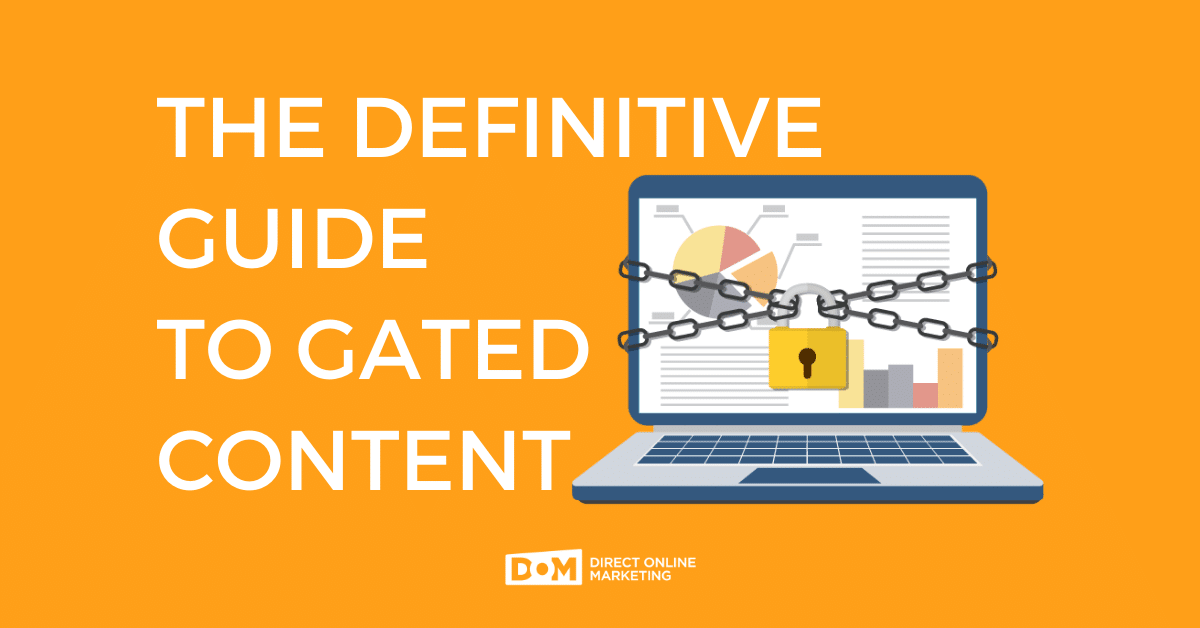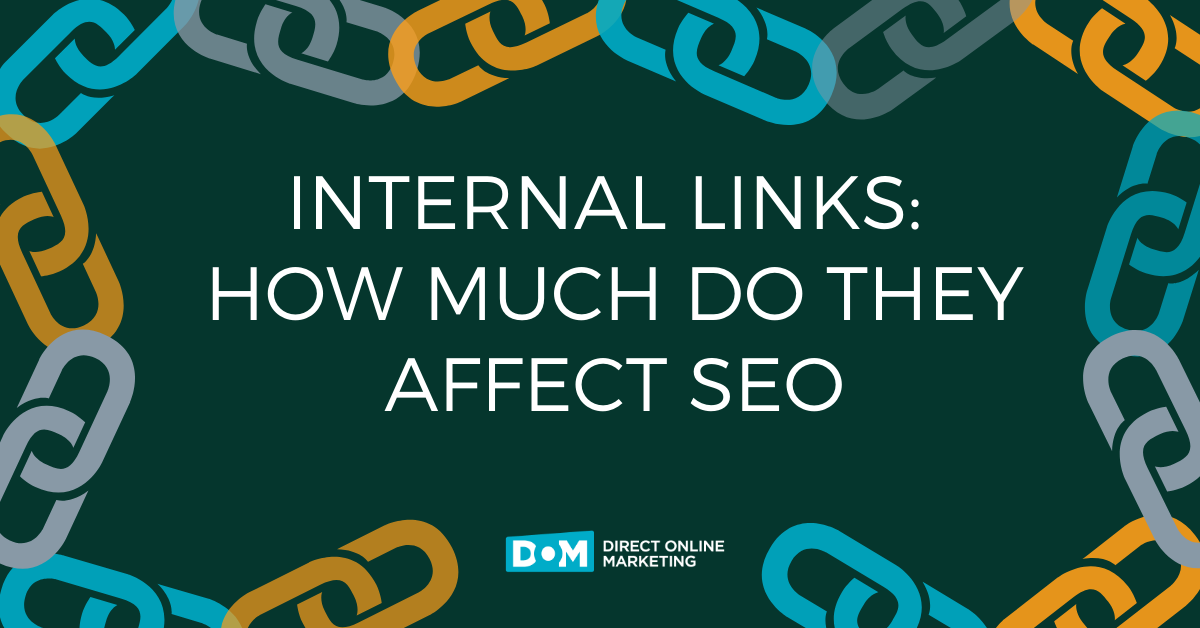
Gated content, like a long-form video or an ebook, is material so good and so valuable that people will fill out a form and volunteer their contact information for it. They don’t just want a blog post or an infographic—they want something with meat on its bones.
Wait, I know what you’re going to say: if you want somebody to see your content, you should never make them work to get it. That might be the traditional wisdom, but traditional wisdom isn’t always true (just ask a few random people what to do about hiccups and you’ll probably get a few random answers). Sometimes, it’s actually not a bad idea, as long as you execute it wisely and with an eye to providing value. After all, paywalls exist for a reason (and they work for many companies using them).
When Do I Close the Gate?
We’re not ready for that yet. Let’s start on the other side of it, first. No, not the other side of the gate, the other side of the argument. Try to keep up.
When Do I Not Close the Gate?
Actually, we’ll answer both questions: if you have some piece of content you think is valuable enough for people to give you something for it, then you can think about putting it behind a gate. That’s the number one tip and if you stop reading right now, then we’ve done our jobs: make absolutely sure your content is worth whatever you’re asking for.
You should also take a look at your competitors and see if they’re offering similar material for free or putting it behind a gate. That can help you make an informed decision about your own material.
They’re Not Just Giving You an Email Address
We’re not talking about just an email address here. That’s a bona fide lead. That’s a potential customer. They’re giving you their contact information knowing very well that you will be using it to, well, contact them at some point in the future. That’s somebody who knows what you provide and are interested enough in what you have to offer that they might want to pay for whatever it is you sell. That’s not just an email address they’re giving you. That’s a future customer doing a cannonball right into the top of your sales funnel.
How Much Information Should I Ask For?
You’ll be tempted to reach for as much info as they’re willing to give because every data point you have will help guide your customer acquisition strategy accordingly. Resist this urge and you will be rewarded, for the longer it takes to fill out your form, the less likely someone is to fill it out. At least, that’s the conventional wisdom.
You’re Going to Say It’s Not Always True, Aren’t You?
Yep, we’re going to say it anyway: a long form isn’t always a bad thing. It’s probably a good idea to keep your gate as easy as possible to access, which usually means a shorter form. But actual experimentation has revealed that people sometimes expect to fill out longer forms when the perceived value of the content they’re receiving is high. If you put something as valuable as, say, a detailed analysis of the value of real estate behind a gate, then the rate of conversions will actually increase with the number of fields. More value equals more information that your customer will be expecting to give you.
When Do I Keep the Gate Open?
This is just another way of asking “when should I give away my content for free?” The answer to that question lies, again, in your audience’s expectations. A blog like this, for example, is part of an overall content strategy that uses ungated (free) content to increase awareness, make an SEO footprint on Google, and give helpful content to our readers.
In particular, this guide to gated content is ungated because our audience expects to get information like this from us. If that’s true for your content, too, then give it away for free, no strings attached. You’ll help your SEO, your brand awareness, your relationship with your customers, and, even better, the goodwill of the internet at large.
This Is All Great, But How Do I Do It?
This wouldn’t be the definitive guide to gated content without some guiding, so here we go.
Step 1: Make content worth gating
This might be the hardest part, but it’s also the most rewarding. You’ll have something to be proud of when you’re done, and isn’t that what it’s all about?
Step 2: Decide what information you need from your audience
You probably want a name and an email address, at the very least. These will enable you to treat that information as a fresh, high-quality lead. If the material you put behind a gate has a high perceived value, then get as much information as you need to decide where they are on their own journey, and how much they need from you. You’ll want to know where to put them in your own messaging cadence.
Step 3: Make a landing page
Either by carving out a little space in your own web CMS, or using a provider that specializes in landing pages, you should nest your content in its own space with just the important elements: a form for the information you need, a description of exactly what you’re offering, and maybe some background information about your company. Check out one of our own landing pages for an example.
Step 4: Watch your content’s lifecycle
Your gated content might not stay behind a gate for the entirety of its life. It might make sense to transition it from behind the gate to the front yard, either because its relevance had an inherent shelf life (for instance, a webinar about Black Friday might make sense to ungate after the holiday has passed), or because you’ve got something fresh and new to replace it.
Lock the Gate on Your Way Out
One final tip: as we told you in our guide to Marketo landing pages, you need to keep those links from the prying eyes of the world’s search engines, or you’re leaving your gate wide open. Use noindex headers in the pages that host your content and you should be all set.
If you’d like to get some more specific help for your unique case, don’t hesitate to get in touch with DOM today.


